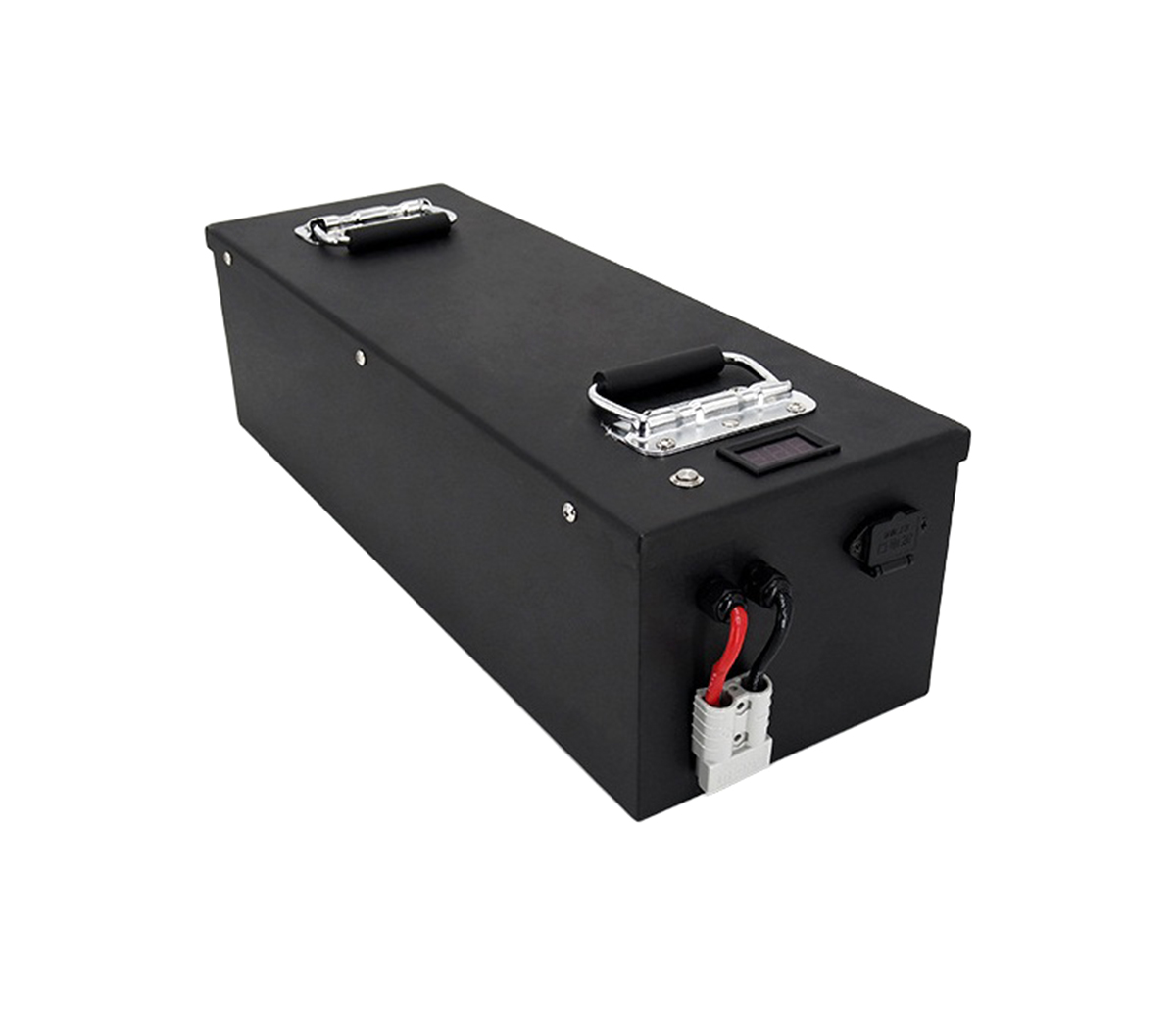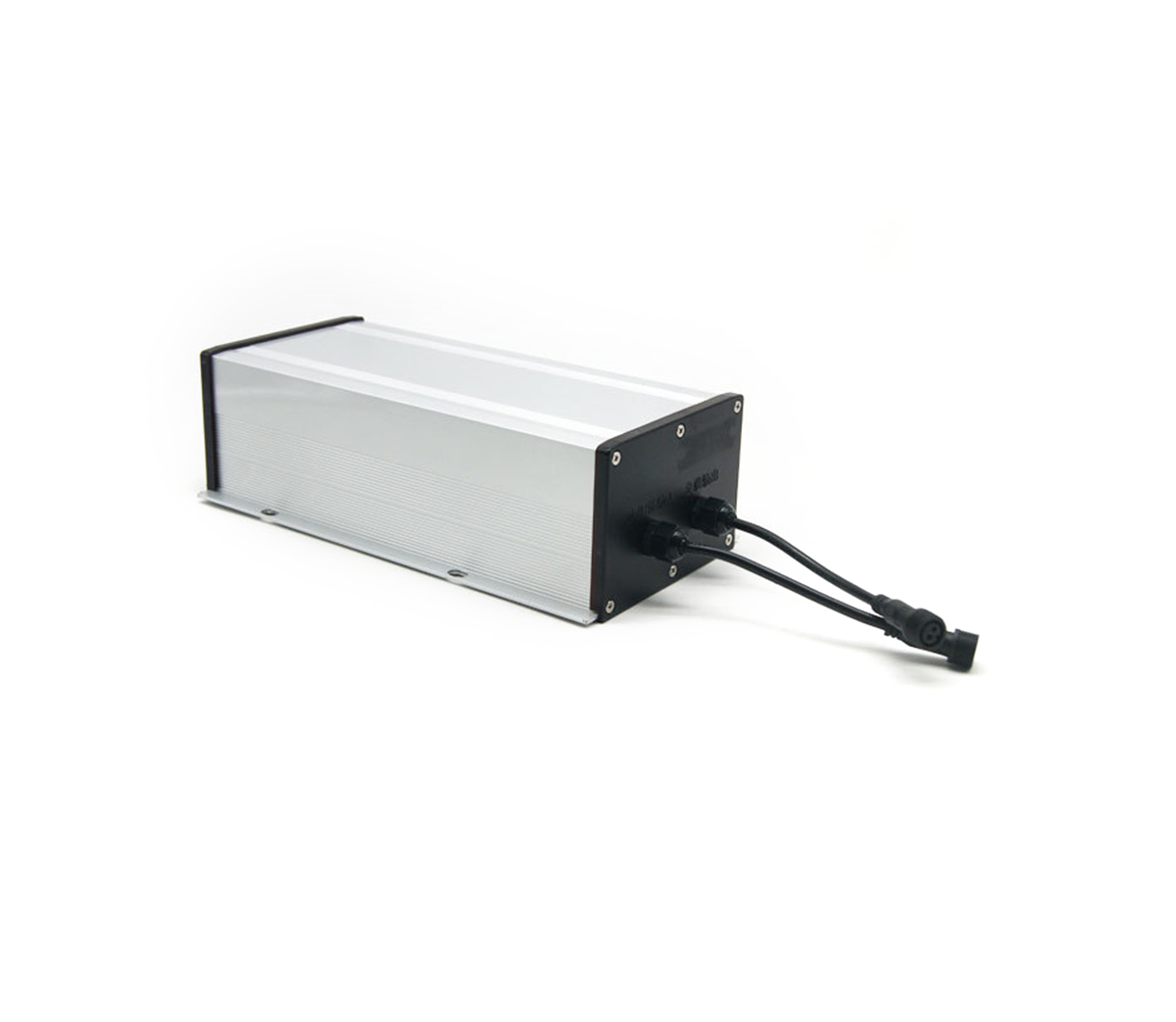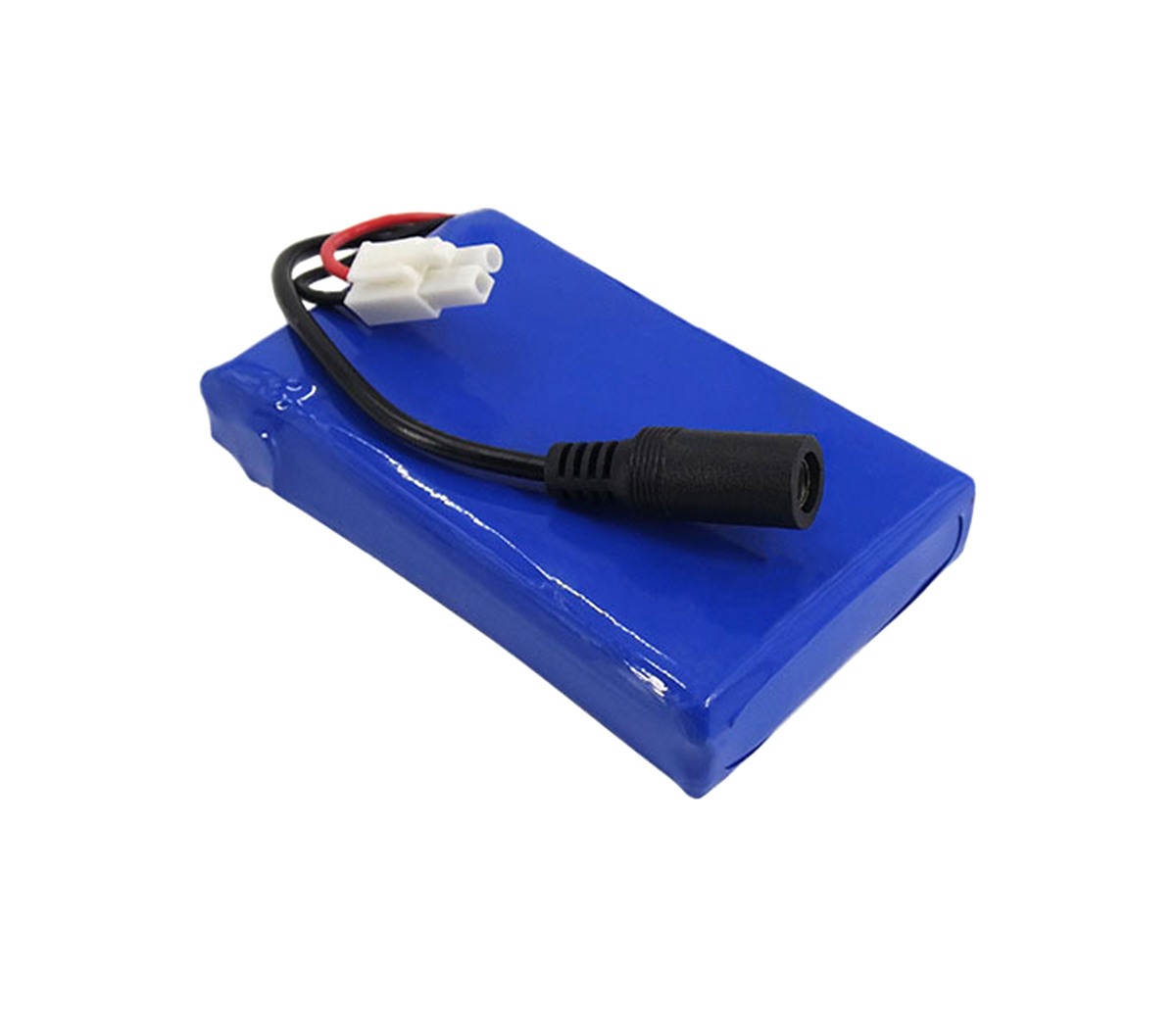Low temperature research in winter-exploration of low temperature
resistance of power batteries
Introduction: Low temperature is an obstacle to the promotion of electric
vehicles in China's great north and alpine regions. It is also a problem for
power battery companies. Overcoming the low temperature resistance of power
batteries has always been one of the key directions of the industry's
efforts.
Introduction: Low temperature is an obstacle to the promotion of electric
vehicles in China's great north and alpine regions. It is also a problem for
power battery companies. Overcoming the low temperature resistance of power
batteries has always been one of the key directions of the industry's
efforts.
In winter, people who laugh at "frozen dogs" wrapped their coats tightly,
trying their best to keep the temperature swayed by the wind. And the most
embarrassing thing is that when you want to drive your car like the ancients,
the electric car "strikes"! In winter, the desire of power batteries for warmth
is no less than people's thoughts of warming around the stove in the ice and
snow.
Low temperature is an obstacle to the promotion of electric vehicles in
China's Great North, alpine regions and other places. It is also a heart disease
of power battery companies. Overcoming the low temperature resistance of power
batteries has always been one of the key directions of the industry's
efforts.
Watch the impact of low temperature on power battery
Why do many power batteries fail in winter? In the low temperature
environment, what is happening inside it?
Take the most used lithium iron phosphate battery in electric buses as an
example. This battery has high safety and a long cell life, but its low
temperature performance is slightly worse than that of other technical systems.
Low temperature has an impact on the positive and negative electrodes,
electrolyte and binder of lithium iron phosphate. For example, the lithium iron
phosphate positive electrode itself has relatively poor electronic conductivity
and is prone to polarization in low temperature environments, thereby reducing
battery capacity; affected by low temperature, the speed of graphite lithium
insertion is reduced, and metal lithium is likely to precipitate on the surface
of the negative electrode. If it is left for insufficient time after charging
When put into use, the metal lithium cannot be fully embedded in the graphite
again. Part of the metal lithium continues to exist on the surface of the
negative electrode, which is very likely to form lithium dendrites, which
affects battery safety; in a low temperature environment, the electrolyte
viscosity will increase, and the lithium ion migration resistance will also be
affected. Increasing accordingly; in addition, in the production process of
lithium iron phosphate, the adhesive is also a very critical factor, and low
temperature will also have a greater impact on the performance of the
adhesive.
Another problem caused by the low temperature, reflected to the user end is
the prolonged charging time. When charging at low temperature, the battery is
prone to release lithium, so before charging, the battery is generally heated
slowly, and then the battery temperature rises to the normal temperature before
charging.
Overcome the problem of low temperature resistance in multiple
dimensions
To solve the low-temperature resistance of the battery, it usually starts
from the three aspects of battery materials, battery cell design and PACK
manufacturing to improve the low-temperature charge and discharge performance
and cycle life of lithium-ion batteries. Miao Lixiao, general manager of the
R&D department of Thornton New Energy, introduced the low temperature
resistance solution of power batteries to Battery China.com.
At present, the common positive electrode materials for automobile power
batteries are mainly ternary and lithium iron phosphate. The primary particles
of the material can be nano-sized by nanotechnology by reducing the particle
size, thereby shortening the migration path of lithium ions; lithium iron
phosphate can pass Doped with La (La is the element symbol of lanthanum), Mg,
increase the C axis, change the layer spacing, and increase the lithium ion
transmission channel; the surface of the ternary NCM is coated with LBO-S fast
ion conductor (also called super ion conductor, Sometimes called solid
electrolyte, it is different from the most basic feature of general ionic
conductor, that is, it has an ionic conductivity comparable to that of liquid
electrolyte within a certain temperature range, in order to reduce the formation
of SEI, so that the transmission of lithium ions can be directly Pass in and out
of the material body through fast ion conductors.
For negative electrode materials, the existing graphite negative electrode
materials can increase the graphite layer spacing through coating, surface
oxidation, doping or coating with other elements, and accelerate the desolvation
speed of lithium ions on the negative electrode surface, thereby improving the
insertion of lithium ions into the graphite negative electrode. speed. Miao
Lixiao said that the development of new anode materials such as lithium alloys
and tin-based anodes can greatly improve the low-temperature performance of
lithium-ion batteries.
The electrolyte is mainly divided into three parts: lithium salt, solvent
and additives. Miao Lixiao introduced that with regard to lithium salt, borate
can be added to help form a stable SEI film on the surface of the material and
facilitate the diffusion of lithium ions. Regarding the solvent, a reasonable
ratio can be configured to improve the electrolyte solvent. With regard to
additives, the addition of different additives can also improve the low
temperature performance of the battery in different ways. It is understood that
Thornton New Energy has a dedicated team that focuses on the research and
development of electrolyte formulations to solve the low temperature resistance
problem of power batteries. At present, the ternary lithium battery developed by
Thornton New Energy has greatly improved its low-temperature resistance. The
battery cell can be discharged at minus 20°C, which can meet the operating needs
of electric vehicles in cold environments.
In addition, the power battery of Penghui Energy can be used in the
environment of -20~60℃, and does not require heating and cooling systems.
Shandong Weineng is a high-tech enterprise specializing in the research and
development and production of low-temperature lithium iron phosphate batteries
for military use. The low-temperature performance of lithium iron phosphate
batteries developed and produced in cooperation with the Institute of Chemistry
has achieved a major breakthrough, and can release rated capacity at a low
temperature of -40°C. 90% of the total.
The promotion of new energy vehicles at low temperature is a challenge and
an opportunity
As a kind of lithium battery, the low temperature resistance of lithium
titanate battery is relatively excellent. The lithium titanate anode material
with spinel structure has a lithium insertion potential of about 1.5V, does not
form lithium dendrites, and the volumetric strain is less than 1% during charge
and discharge. The nanometerized lithium titanate battery can be charged and
discharged with high current, which realizes low-temperature fast charging while
ensuring the durability and safety of the battery.
The latest news from Battery China.com. On November 28, 2017, in this
freezing season, the pure electric buses produced by Yinlong New Energy were
officially put into operation in the northern city of Tianjin, which once again
demonstrated Yinlong New Energy’s lithium titanate Excellent low temperature
resistance of the battery. Yinlong New Energy, which focuses on lithium titanate
batteries, has products with normal charge and discharge capabilities in the
temperature range of -50 to 60°C. The company’s buses have been used in more
than 40 countries across the country, such as Harbin, Tianjin, Shijiazhuang,
Yinchuan, Baoding, and Handan. Commercial operations in these cities have
achieved good low-temperature resistance. With its excellent low temperature
resistance, lithium titanate battery has become a pioneer in the promotion of
new energy vehicles in cold regions in China. Yinlong New Energy is a spark for
lithium titanate batteries to expand into the wider market.
On July 31, 2017, at the launching ceremony of electric bus operation in
Yanqing District, Beijing, 50 pure electric buses equipped with Weihong power
fast charging battery system were delivered to Beijing Public Transport Group
and put into operation. The 50 pure electric buses delivered this time are
equipped with fast-charging batteries produced by Weihong Power, with high
energy density and longer cruising range. So far, Weihong Power has supplied
more than 1,000 various types of bus models in the Beijing market. On September
19, 2017, 70 12-meter gas-electric hybrid buses equipped with Weihong MpCO
lithium batteries were officially launched in Baotou, Inner Mongolia. The lowest
temperature in this area is below -30℃, and the highest temperature can reach
39℃. Baotou chooses the Weihong fast charge battery system, which takes into
account the excellent environmental adaptability of the Weihong fast charge
battery. Weihong Power's expansion of the bus market in cold regions is in full
swing, and it is also a typical representative of the industry in exploring
low-temperature resistant technology for power batteries.
Solving the problem of low temperature resistance still needs technology
drive
There are many solutions to the low temperature problem of power batteries.
For example, in the so-called "all-climate battery", a heating plate is added
between the positive and negative plates, and the circuit is controlled by a
switch to heat the battery. The efficiency of this internal heating is much
higher than that of external heating, and the energy consumption is lower.
All-weather batteries have greatly improved in terms of endurance, charging time
and service life.
Solve the low temperature resistance problem of power batteries from the
micro level. For example, to overcome the low temperature resistance problem
from the battery materials, we still need to rely on technology to seize the
root cause of the battery's fear of low temperature and prescribe the right
medicine. This solution will be more thorough.
At present, many ternary lithium batteries also have low temperature
resistance characteristics, and lithium titanate batteries are the best in low
temperature resistance. The low temperature bottleneck existing in the promotion
of electric vehicles will gradually be solved.


































